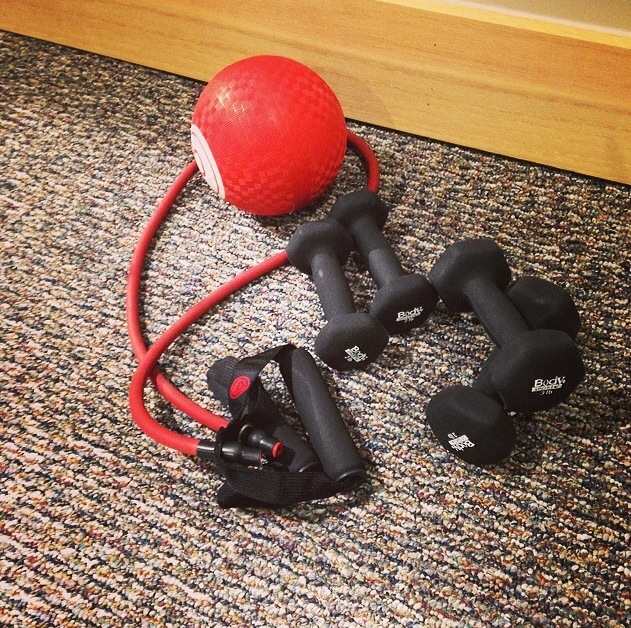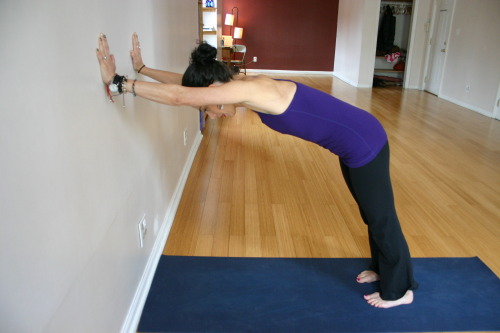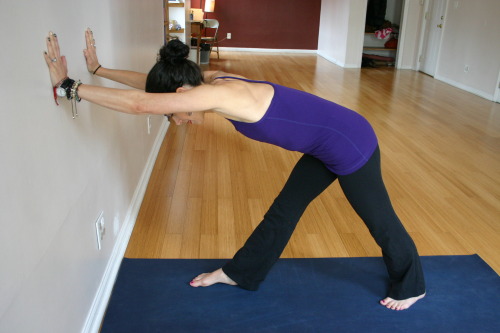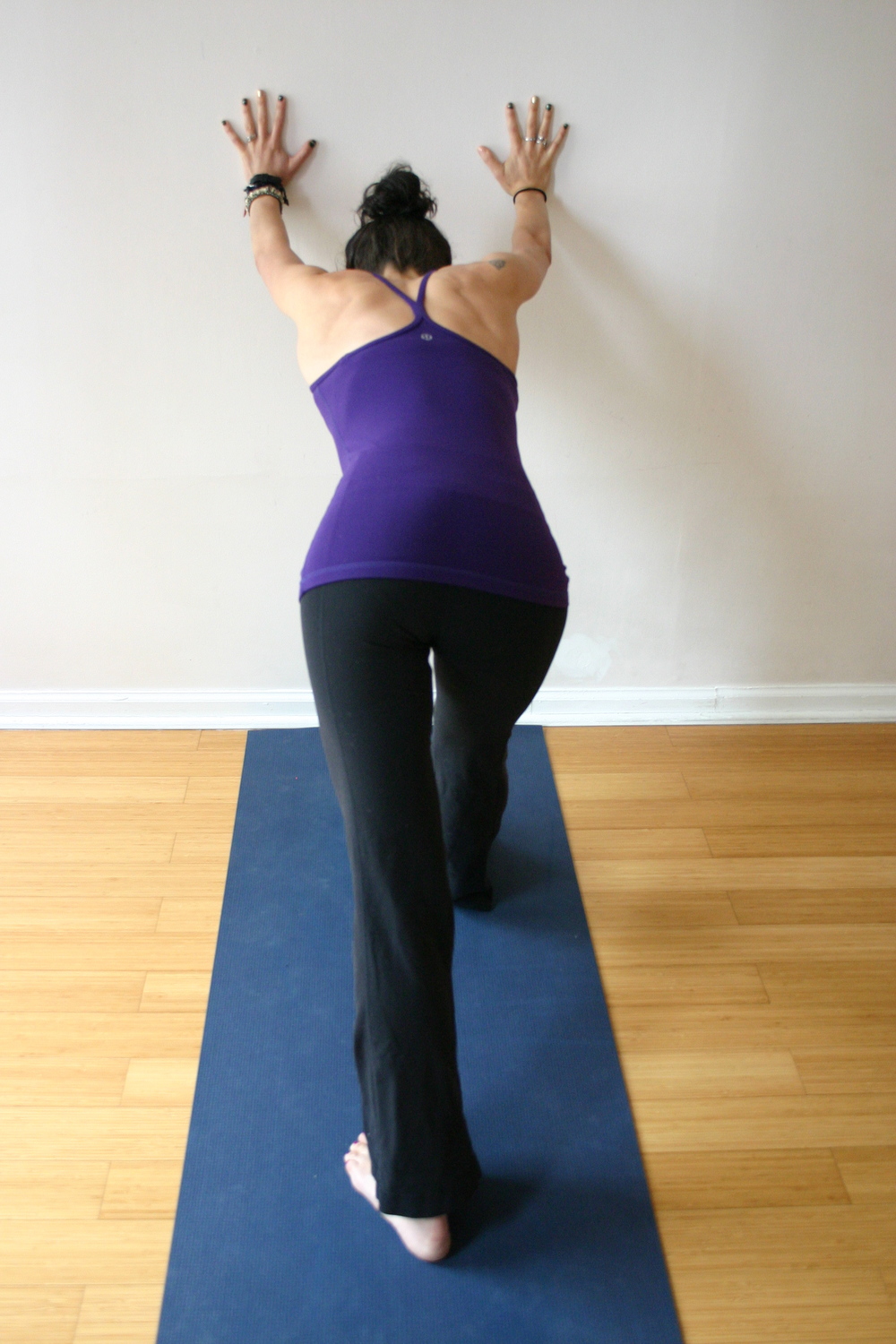By Jessica Green
Last month I fell in love with ClassPass. If you’re like me, and looking for assistance in getting your butt to a cross training class, you will love ClassPass too.
After completing the NYC Marathon last fall, I took some time off from running and cross-trained a bit (once or twice a week). But, in all honesty, as soon as my three weeks off from running were done, I dropped all strength work and returned to the trails as my exclusive form of exercise. After two months of pretty much zero strength training, I was left with a weak everything. Then I started ClassPass and for the last four weeks, I’ve spent at least two days a week adding strength classes to my weekly routine and I already feel like a stronger, healthier runner. Plus, I’ve found some pretty awesome classes in Portland!
What is ClassPass? “ClassPass is a monthly membership to the best boutique fitness classes in your city. There are thousands of classes available to ClassPass members, including cycling, pilates, yoga, strength training, dance, martial arts, and more. For $79 - $99 a month (price varies by city), ClassPass members get unlimited classes to studios in the ClassPass network. While members can take as many classes per month as they'd like, they can visit the same studio up to 3 times per monthly membership cycle.”
The best part of ClassPass for me is that I have a nontraditional work schedule and ClassPass allows me to find classes at anytime of the day by searching only one site. On ClassPass’ website and app, I can search for a specific type of activity by time (and location) and come up with several different class options at various studios throughout Portland. Once I choose my class, all I have to do is click “reserve” and I’m good to go.
No more remembering my log in information for each studio’s mindbody account. No more hunting down class schedules and whether there is space. Also, no more wondering where a good studio is. I trust ClassPass to partner with quality studios and this way I’m way more inclined to try out new places.
The other best part – it’s completely worth your money. All you need to do is show up to six to seven classes in a month that each cost $15 each and you’ve made your money back. Chances are, with ClassPass, you’re going to show up to more than that and it’s likely that your classes are more expensive than $15! They make it so easy that you WILL go. And you won’t get sick of any one particular class because you have access to what feels like a million others.
Finally, while some might not like that you are limited to 3 classes per month at a studio, it’s perfect for those who like to change things up from week to week or can only seem to make one time a week at a particular studio. This way, you have access to the cheaper monthly rate for those 3 classes, plus a cheaper rate for all the other places that offer classes at different times on days you can make.
New to ClassPass in Portland? Try 2 months of ClassPass for $79 (The typical price of 1 month).






